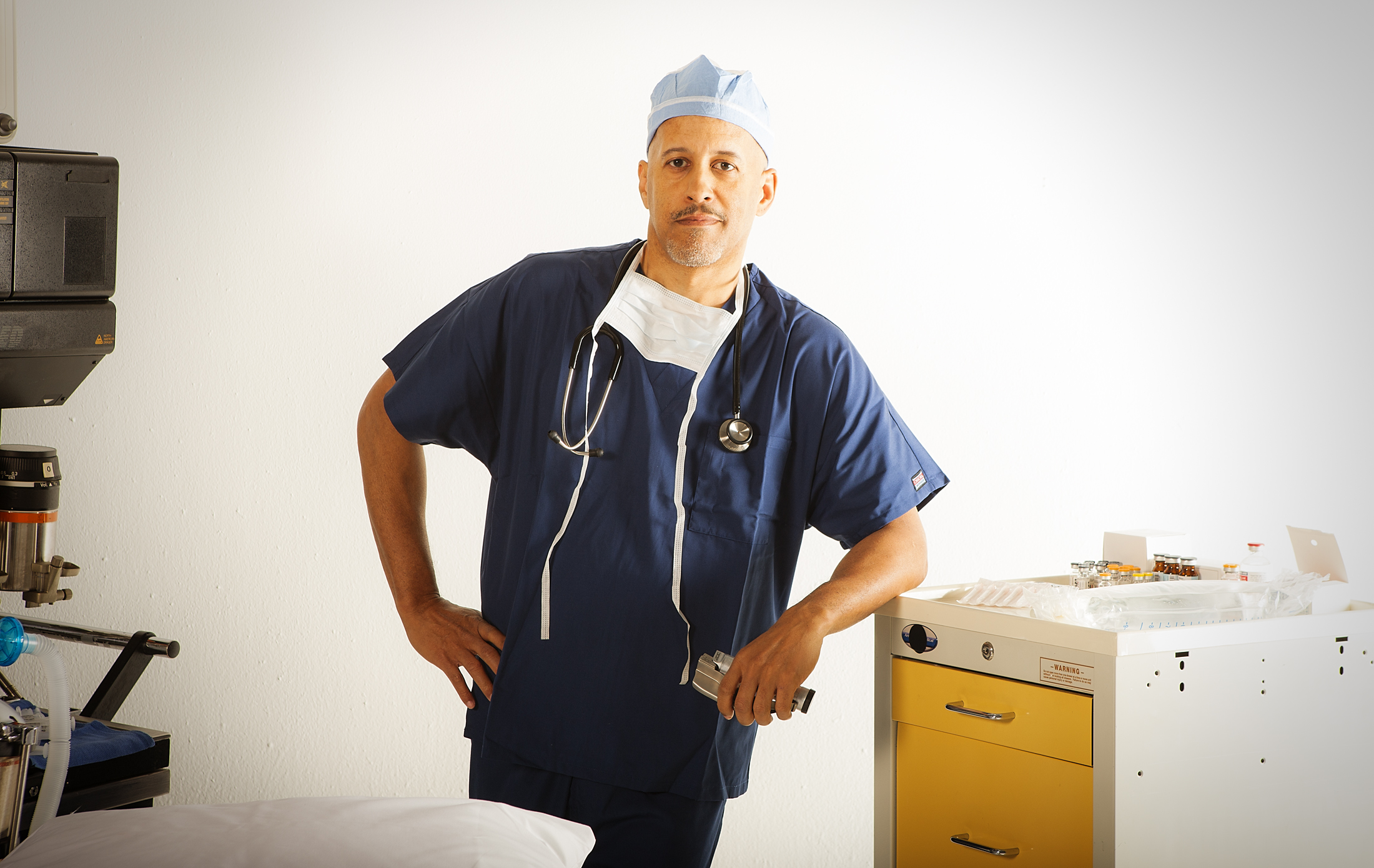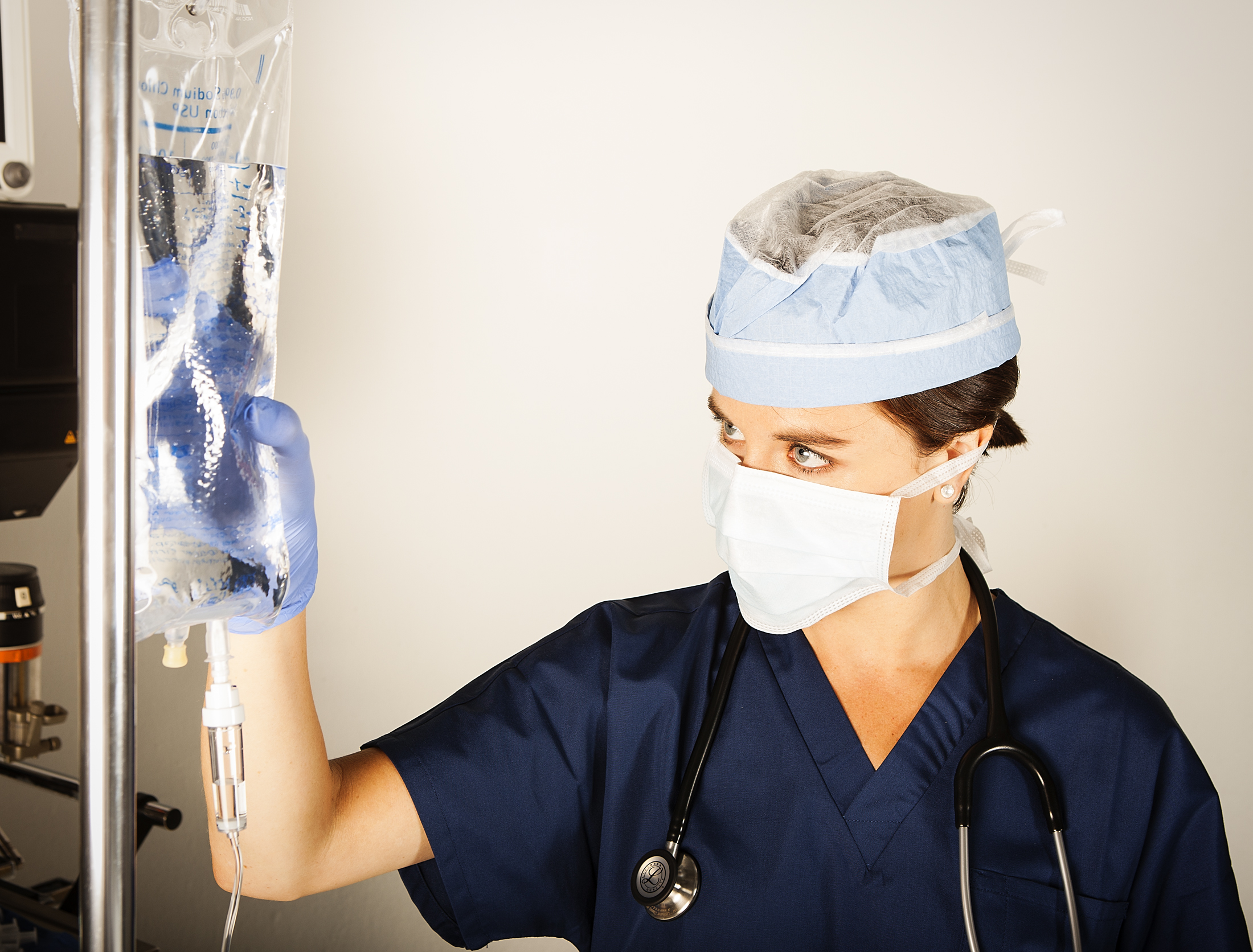
Malignant Hyperthermia (MH) is a rare, life-threatening condition that poses unique challenges to both anesthesia teams and affected families. Patients suffering from malignant hyperthermia show no outward symptoms and usually lead perfectly normal lives; however, once they come in contact with specific volatile anesthetic gases or muscle relaxants used as general anesthesia, they soon find themselves in a life or death situation. Specific drugs used in general anesthesia such as halothane, desflurane, or succinylcholine have been shown to trigger Malignant Hyperthermia and cause patients to enter a dangerous hypermetabolic state. An overabundance of calcium ions floods the muscle cells, leading to muscle rigidity, while an increase in metabolism results in a skyrocketing heart rate, rapid breathing, and a characteristic high temperature. This precarious state could easily lead to organ failure and death; however with proper medical training and the successful application of muscle relaxants like Dantrolene, the vast majority of those who experience a Malignant Hyperthermia episode are able to make a full recovery.
Thankfully this dangerous condition is by no means common and is predicted to occur in roughly 1 in 5,000 to 1 in 50,000 procedures where anesthesia is delivered. However, those that are at risk for malignant hyperthermia are connected by a genetic link, as the condition is indeed an autosomal dominant inherited disease. Autosomal dominant means that a patient would only need one copy of the gene to be at risk and that if a parent is known to have MH, then there is a 50% chance that their child will be at risk as well. Due to this extraordinarily strong inheritance pattern, those who have a close relative with malignant hyperthermia are automatically considered at risk for MH and are treated accordingly. In fact, because MH does not show any symptoms other than the episode that occurs when under anesthesia, it is almost impossible to diagnose the condition or identify who’s at risk without some connection to the disorder in the family history. When a patient has a family history of MH, their risk can be verified by either doing genetic tests and looking for a mutation in the ryanodine receptor gene, RYR1, that is associated with the majority of MH cases, or by performing the only diagnostic test presently available for MH, the caffeine-halothane contracture test. Nonetheless, researchers have found that these tests are not perfect, and a negative result does not always mean that a patient is not at risk for MH. Furthermore, it has been found that those that are at risk for MH do not necessarily always react to the volatile anesthetic gases, and a patient can have several normal anesthesia experiences before having an episode of Malignant Hyperthermia. Thus due to the inherent difficulty in determining who will get MH and when, all of those who are at risk due to a family connection need to inform their anesthesia and medical team immediately.
An at-risk patient who has notified their physician should be prepared for a heightened level of monitoring, both by medical and anesthesia staff and through diagnostic tests, to ensure their own safety and prepare for any type of emergency situation. Because malignant hyperthermia is uncommon and usually unanticipated, it is essential that every member of the anesthesia team be knowledgeable of the condition, be skilled in following the treatment protocol, and be prepared to move fast, as the probability of complications resulting in cardiac arrest, kidney failure, or brain injury increases dramatically as time progresses.
In in the pre-operative stage, the team will be careful to gather an accurate family history, begin monitoring the patient’s temperature, and prepare anesthesia that is safe for one who is at risk for MH. During surgery, temperature will continue to be monitored and all resources needed to treat MH should be prepared. It is critical that the anesthesiologist know the early signs of MH—as the heightened temperature usually comes later—and is able to act fast and effectively to stop the triggering anesthesia and decrease temperature. Dantrolene is presently the only drug approved to treat Malignant Hyperthermia, making it imperative that the anesthesia team has access to the drug and can use it effectively if an emergency occurs. While the majority of cases occur during the procedure, there are rare instances of MH that do occur post-operatively and 25% of those who experience MH during surgery will have the syndrome reoccur in the next 24-36 hours. Thus those at risk for/suffering from MH will be closely monitored during post-op, as the anesthesia team watches the patient’s temperature, assesses any muscle damage, and possibly arranges a genetic consultation. Although there is no cure for this genetic disorder, with the proper communication between an informed patient and a prepared anesthesia team, this rare condition can be effectively and efficiently managed.
Sources
- https://ghr.nlm.nih.gov/condition/malignant-hyperthermia
- http://www.mhaus.org/healthcare-professionals/be-prepared/safe-and-unsafe-anesthetics
- http://www.aana.com/resources2/professionalpractice/Pages/Malignant-Hyperthermia-Crisis-Preparedness-and-Treatment.aspx
- http://www.ncbi.nlm.nih.gov/books/NBK1146/
- http://www.mhaus.org/faqs/about-mh
- http://www.sciencedirect.com/science/article/pii/S0001209206602366

